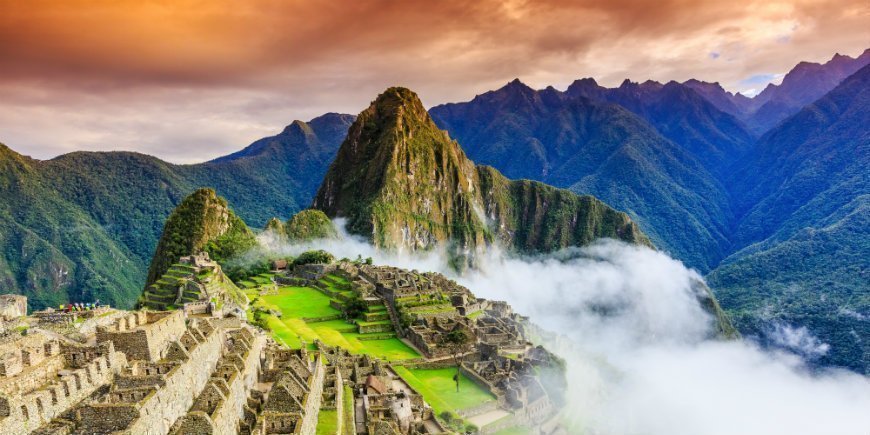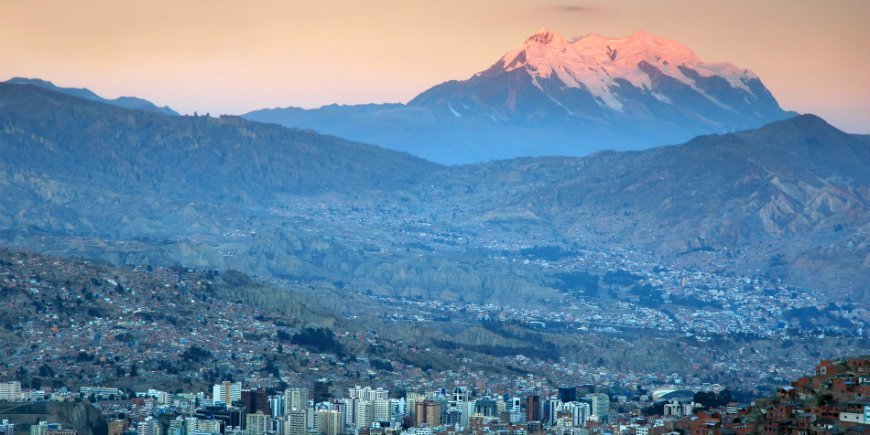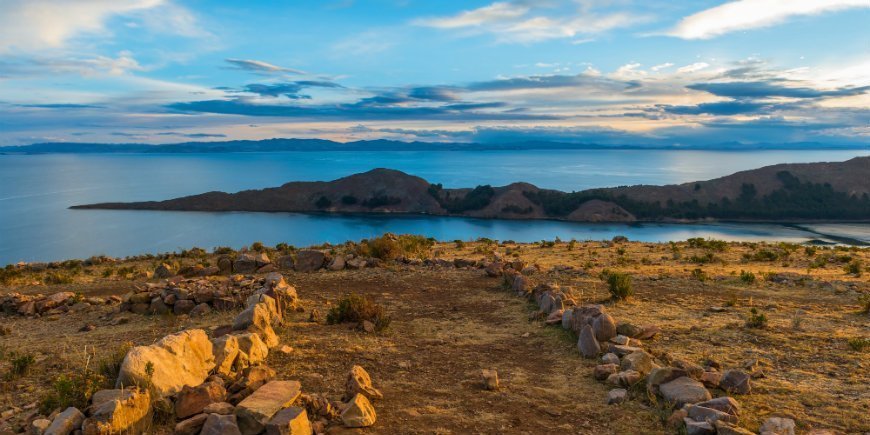Altitude sickness in Peru and other South American countries
13.12.2017 | updated: 24.05.2023
Travelling to South America?
Several destinations in South America are located at high altitude such as the Inca Trail and Cusco in Peru. So it’s a good idea to familiarise yourself with altitude sickness: What is it? And how can you best avoid it?
What is altitude sickness?

Altitude sickness, or AMS, which stands for acute mountain sickness, is a condition that occurs as you climb. And the faster the climb, the greater the risk of altitude sickness.
As a general rule of thumb:
Below 2,500 AMSL: Small risk
2,500-3,600 AMSL: Increased risk
Above 3,600 AMSL: Greatest risk
The higher you climb, the thinner the air becomes. This means quite simply that your body receives less oxygen than it is used to.
In response to the drop in oxygen, your body will try to get more by breathing more quickly. And if your body is unable to adapt, you are at risk of getting altitude sickness.
Altitude sickness can feel a bit like having hangover.
The symptoms include:
- Dizziness
- Headaches
- Nausea & vomiting
- Tiredness
How to avoid altitude sickness

Anyone travelling to destinations located at altitudes they are not used to are at risk of getting altitude sickness. It’s hard to predict who will be affected, so it’s a good idea to be aware of it no matter what.
It is a good idea to follow this advice:
- Drink plenty of water
- Avoid alcohol
- Eat light meals
- Take deep breaths
- Take preventive medicine if you like (ask your pharmacist or your GP)
But the most important advice is to acclimatise slowly to the altitude, to allow your body to get used to the thinner air. The order of your tour to Peru, for example, is important to ensure that you have the best prerequisites in advance.
Although our tours are put together with this in mind, there will always be a risk of you experiencing symptoms of altitude sickness. If you do get sick and find that the symptoms continue, the only thing that helps is to descend to a lower altitude.
Altitude chart for selected places and sights in South America, located at 2,500 AMSL or more:
| Destination | Height |
| Cotopaxi Nationalpark, Ecuador | 5.897 AMSL |
| Mirador de los Andes, Colca Canyon, Peru | 4.910 AMSL |
| Rainbow Mountain, Palccoyo, Peru | 4.900 AMSL |
| Warmiwañusqa, the highest point on the Inca Trail in Peru | 4.200 AMSL |
| Lake Titicaca, Peru/Bolivia | 3.812 AMSL |
| La Paz, Bolivia | 3.690 AMSL |
| Salar de Uyuni, Bolivia | 3.656 AMSL |
| Salinas Grandes, Argentina | 3.450 AMSL |
| Cusco, Peru | 3.200 AMSL |
| Paso Internacional Los Libertadores, Chile/Argentina | 2.850 AMSL |
| Quito, Ecuador | 2.850 AMSL |
| Ollantaytambo, Peru | 2.792 AMSL |
If you have any questions about the risk of altitude sickness and how best to prepare yourself, please feel free to contact our travel consultants.
Always consult your GP if you are in doubt or have specific medical questions concerning preventive medicine, etc.
TourCompass – From tourist to traveller
-
General Info
Receive all the latest news and offers delivered to your inbox!
Registered in England.
Registered Office:
Nucleus House 2
Lower Mortlake Road
Richmond, TW9 2JA
Company no.: 11454726

E-mail: info@tourcompass.co.uk
ATOL protected no. 10558.
ABTA member no. Y6104.
Read more.